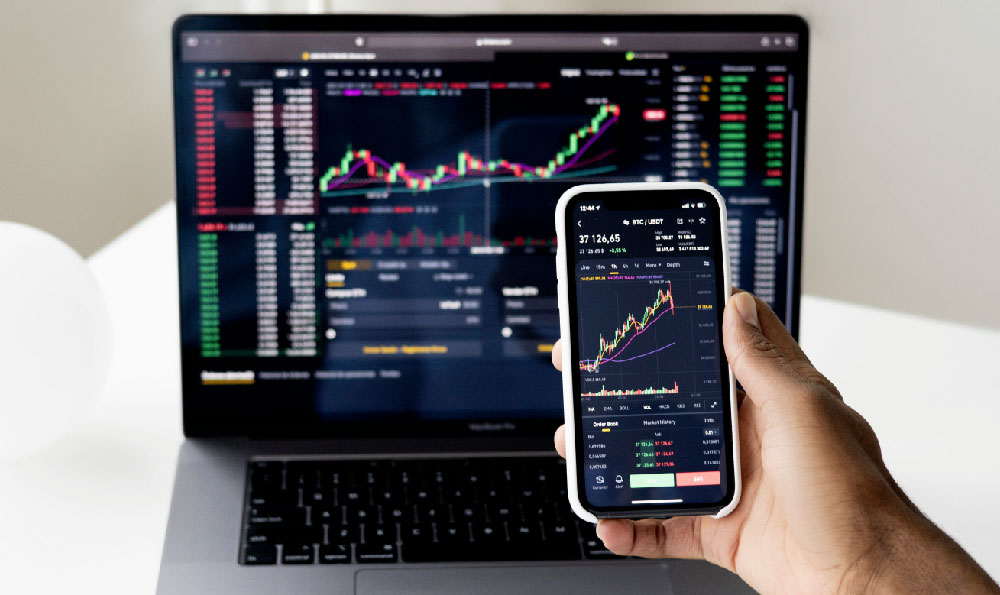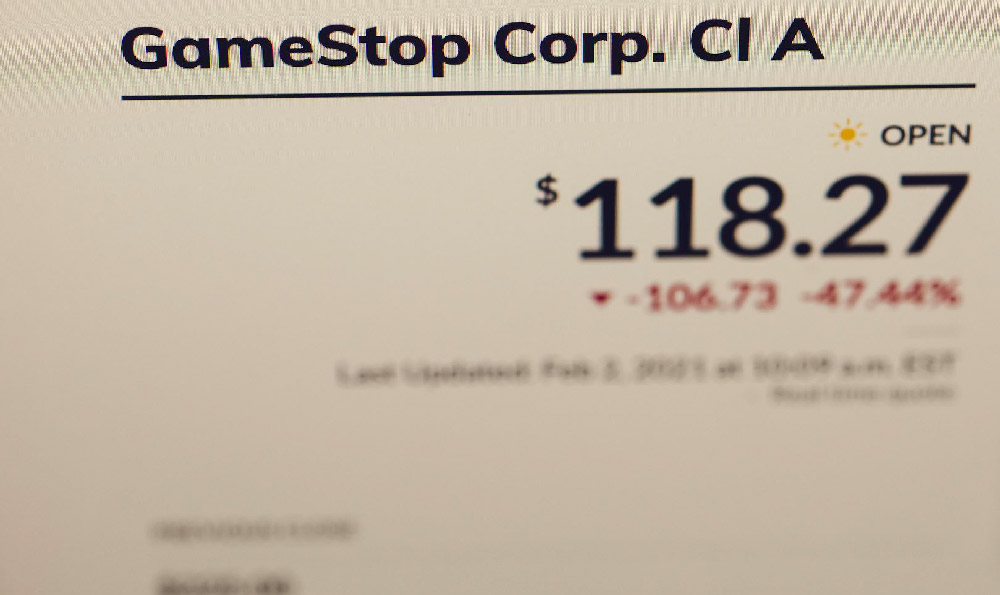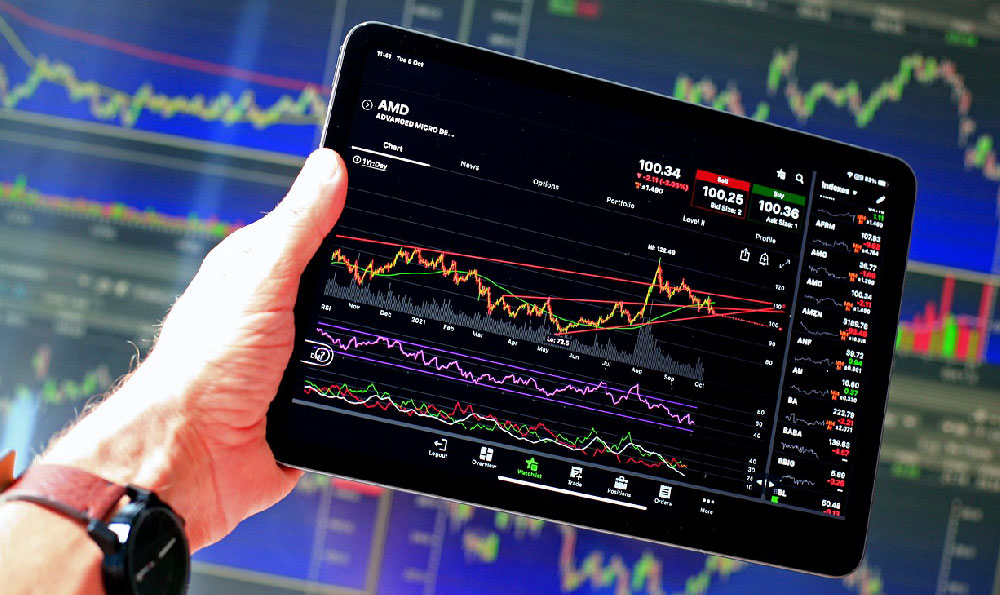How to Make Money with Google Ads

Making money with Google Ads is a multifaceted endeavor that requires a nuanced understanding of digital marketing strategies, audience targeting, and platform mechanics. Google Ads, formerly known as Google AdWords, has become one of the most powerful tools for monetization in the online space, offering opportunities ranging from direct advertiser engagement to affiliate marketing and content promotion. For those looking to leverage this platform, the key lies in aligning their approach with the needs of both the advertisers and the end-users, while balancing profitability with ethical considerations.
A foundational step in monetizing Google Ads is to choose the right niche or industry to focus on. This decision often dictates the type of content that will attract relevant audiences and the kinds of advertisers willing to pay for visibility. For instance, a website catering to tech enthusiasts might see higher returns from showcasing ads for gadgets or software, whereas a blog centered around wellness could attract brands in the health and fitness sector. However, it's crucial to assess the competitiveness of the chosen niche, as saturated markets may reduce the effectiveness of ad campaigns. Additionally, specializing in high-value industries often correlates with higher ad rates, but it also requires a deeper understanding of the target audience’s behavior.
Optimizing ad campaigns demands a strategic blend of creativity and data analysis. Effective ads not only capture attention but also align with the user's intent, often through precise keyword selection. Words like "how to start" or "best practices" might not yield the best results, but terms such as "affordable SEO tips" or "home office setup guide" can be highly lucrative. The quality score of a campaign is another determinant of success, influenced by factors like ad relevance, landing page experience, and expected click-through rate. Advertisers who invest in well-structured campaigns with high-quality landing pages tend to see better returns. For content creators, this means ensuring their ad placements complement the value they provide, rather than disrupting user experience.

The monetization model of Google Ads is primarily based on pay-per-click (PSC), where advertisers pay when users click on their ads. This system benefits publishers by aligning their efforts with user engagement. However, it’s essential to recognize that not all clicks are equal. High-quality traffic, which is more likely to convert, can significantly improve the return on investment (ROI) for both advertisers and publishers. Therefore, focusing on attracting users who are actively searching for solutions—such as those looking to purchase a product or learn about a service—is more profitable than chasing volume metrics alone. Google’s algorithm rewards such behavior, making it a central component of successful monetization.
Another critical aspect is the ability to adapt strategies to different ad formats. Search ads are effective for directing traffic to specific landing pages, while display ads can be used to build brand awareness or drive traffic to a website. Video ads, particularly those placed on YouTube, cater to long-tail engagement and can be ideal for storytelling or product demonstrations. For those operating a blog or website, integrating ad networks like AdSense can provide additional revenue streams, especially when combined with a well-optimized content calendar. The synergy between content quality and ad relevance is often the differentiator between a thriving account and one that struggles with clicks and conversions.
Monitoring and analyzing campaign performance is equally vital. Google Analytics and the Ads Manager provide insights into user behavior, click-through rates, and conversion costs, allowing for adjustments that maximize profitability. For example, a publisher might discover that a particular ad format performs better on mobile users or that certain keywords are consistently outperforming others. These data points enable iterative improvements, ensuring that the monetization approach remains competitive. However, interpreting this data requires experience, as fluctuations in performance can be influenced by seasonal trends, algorithm updates, or changes in user preferences.
Navigating the legal and ethical landscape of Google Ads is an often-overlooked but essential part of monetization. Advertisers must comply with Google’s policies regarding prohibited content, truthful advertising, and privacy regulations. Similarly, publishers need to ensure their ad placements do not infringe on user trust or data protection laws. Creating transparent content and clearly distinguishing between advertising and editorial material can enhance brand credibility, which in turn attracts more advertisers and higher-paying campaigns.
Long-term profitability hinges on continuous education and innovation. The digital advertising field is dynamic, with emerging trends like voice search, AI-driven targeting, and interactive ads reshaping the industry. Staying updated with Google’s guidelines, industry benchmarks, and audience preferences ensures that monetization strategies remain relevant. Collaborating with other creators, experimenting with new formats, and diversifying revenue sources—such as affiliate marketing or sponsored content—can further solidify a sustainable income model.
In conclusion, leveraging Google Ads for income is not merely about placing ads but mastering the art of aligning strategic goals with audience needs. Success requires a blend of technical knowledge, creative execution, and a commitment to ethical practices. By focusing on quality over quantity, staying agile in the face of change, and continuously refining their approach, individuals and businesses can unlock substantial financial opportunities through this versatile platform.















